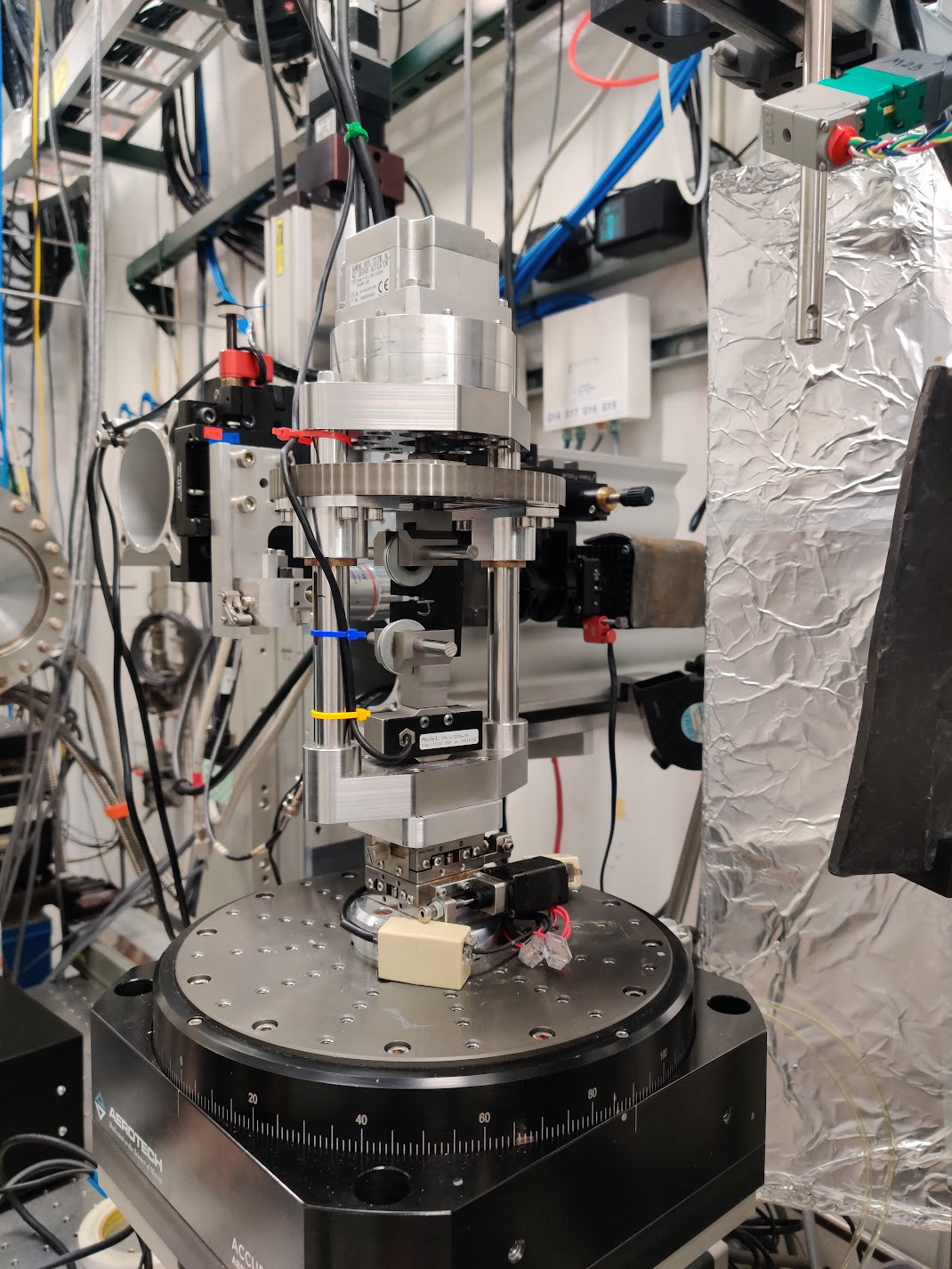Carbon fiber reinforced polymer compact tension design of experiments
Background
During my time at Purdue, I've been able to assist in the design of experimental plans and execute testing of carbon fiber specimens. Some of the skills I've been learning include laminate composite coupon testing, advanced image processing algorithms, synchrotron X-ray image acquisition, microstructural feature characterization, durability and damage tolerance analysis, and fracture mechanics theory.
Specifically, our objective is to develop a physics-based understanding of the damage tolerant behavior of Carbon Fiber reinforced Polymer Composites (CFRPs) and a data-driven crack-defect interaction model to reduce the risk assessment in aircraft life estimations.
In order to perform fatigue testing to quantify crack growth rates and the mechanisms governing slow crack growth, a benchmark for monotonic testing had to be tested first. Due to the nature of the microstructural investigation, the crack growth rates were to be tracked via computed tomography (CT), capturing extremely high resolution images to be able to capture crack initiation in a scale of micrometers. In order to capture CT images, compact tension specimens were selected in order to allow room for tomography acquisition. Small specimens and small fixtures signal to the need for a miniature load frame.
Scope
1. Specimen Design
2. Fixture Design
3. Integration
4. Parameter acquisition (DoE)
5. Testing and Data acquisition
Initial specimen design
During the initial round of tensile monotonic experiments, fracture was not consistent at the notch tip. For the cyclic loading experiments, it was critical for the fracture to initiate at the notch tip so crack nucleation and growth could be tracked throughout cycling. Then, I worked on redesigning our custom compact tension specimens to elongate the notch tip in order to increase stress concentration and ensure consistent fracture there for the cyclic experiments.

I performed a series of simulations to confirm the length of a longer notch tip, from 5mm to 18mm, achieving a stress concentration of 3.7.


Then, to ensure a more consistent fracture at the notch tip, the new design was modified to elongate the notch from 5mm to 18mm, shown below in the before and after in (A) and (B). The specimens were sent to a water jet cutter vendor externally to have the notches be elongated, which caused an even wider aperture of the notch along with the additional length.
Consequently, in order to keep the specimens aligned with the center of rotation during µ-CT tomography acquisitions, I also had to re-design the steel clevis grips to elongate them consistently. Another set of simulations were run to ensure the new clevis grips would be resistant to bending stress.




Setup for Computed Tomography Acquisition


